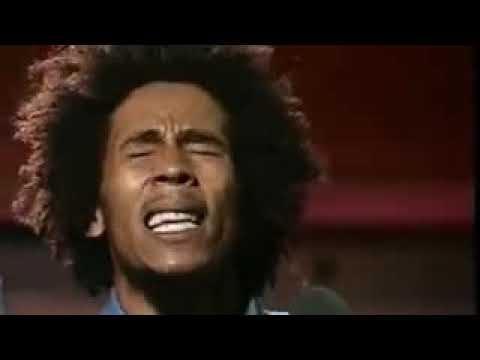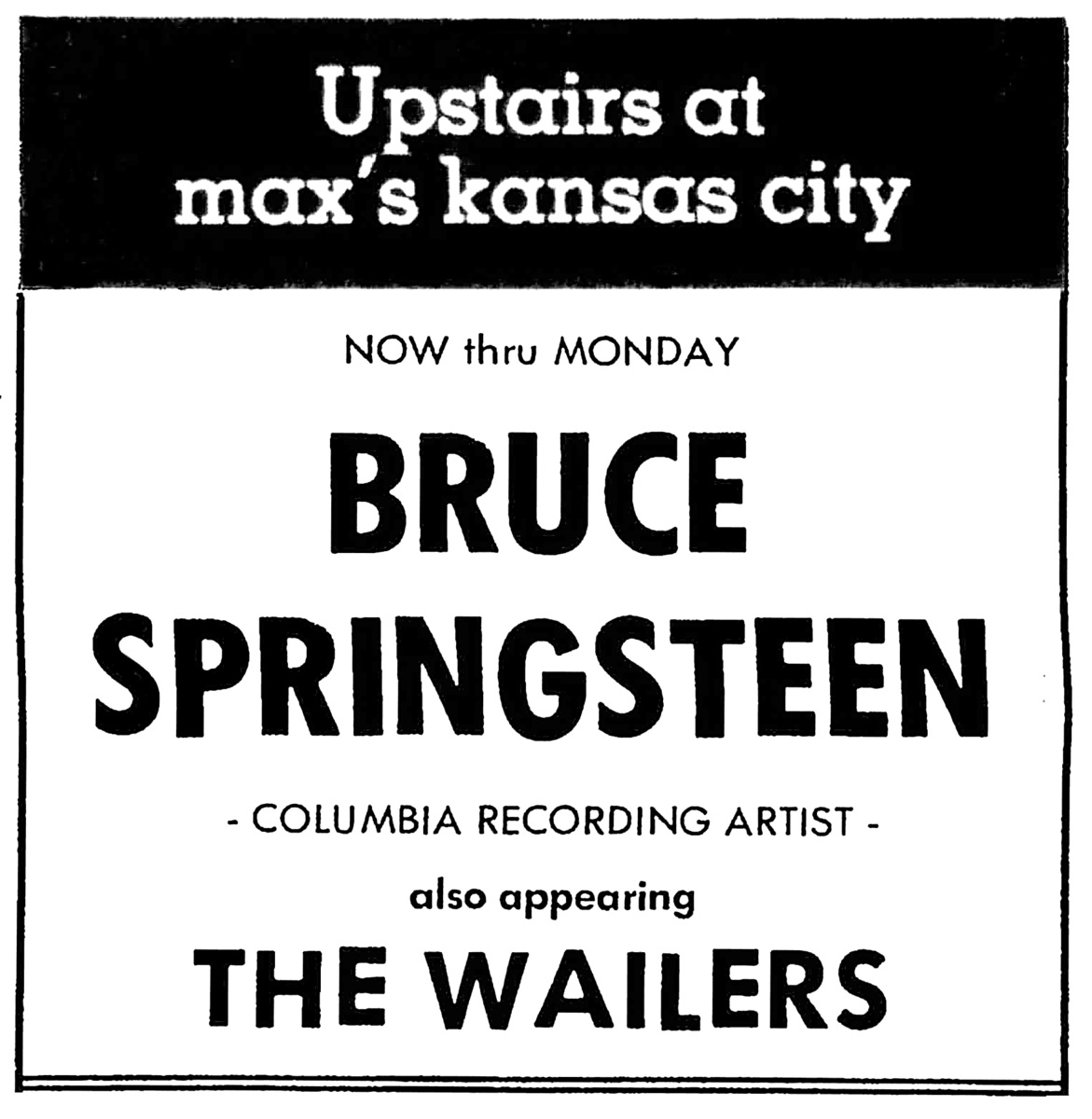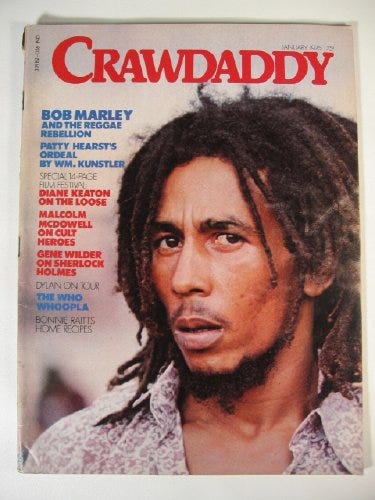The Best Bob Marley Performances, As New Bio-Pic Arrives
And my one early "meeting" with the man at Max's.
Greg Mitchell is the author of more than a dozen books (see link) and now writer/director of three award-winning films aired via PBS, including “Atomic Cover-up” and “Memorial Day Massacre” which are still up at PBS.org. Before all that, he was a longtime editor of the legendary Crawdaddy. You can still subscribe to this newsletter for free.
If, like me, you started seeing the (never updated) trailer for the Bob Marley bio-pic about eight months ago, you may be surprised to learn that it didn’t open and close long ago but is actually getting its release tomorrow. It certainly was not pushed out for Oscar consideration. Still, as an early and often Marley fan, I have remained interested, though rather amazed that he is played by the same actor, Kingsley Ben-Adir, who was brilliant as the short-haired, very grave, Malcolm X in that fine “One Night in Miami” movie.
Going back to my Crawdaddy days, I recall that, like many, the portal to reggae—certainly one of the most influential musical trends of the 1970s—came via the cult movie “The Harder They Come.” In fact, we ran one of the first magazine features on the film in 1972 and I soon watched it at the now defunct Tinker St. Cinema in Woodstock, N.Y. Even those who could not see it for awhile bought the sensational soundtrack, featuring the movie’s star, Jimmy Cliff, along with Toots & the Maytals, The Harptones, and others in Jamaica, mon.
But even then we advised: Wait till you hear The Wailers, who had not yet gained exposure or toured in the U.S. Lead singer Bob Marley had written “Stir It Up,” a hit recorded by Johnny “I Can See Clearly Now” Nash, one of the first reggae hits in America. But that’s about all most of us new.
Soon, however, the group’s first album in the U.S. came out in 1973 and they became critics’ darlings, though it did not sell much (its “I Shot the Sheriff” would not be recorded by Eric Clapton for another year). They did play shows in the U.S., including what has to be one of the greatest double bills ever: With just-emerging Bruce Springsteen at tiny Max’s Kansas City in New York that July, for five nights. As a Bruce buddy at the time, I attended most of them, with the E Streeters and The Wailers alternating as opening acts.
This also led to my one personal Marley moment. Upstairs the two closet-sized dressing rooms were separated by a cluttered corridor. After visiting Brucie and the gang, I headed across toward the stairs (or bathroom) at the far end. There, Bob and his band were sitting on crates and old amps, smoking signature spliffs. As I passed by, one of them—I can’t say for sure it was Bob—passed it to me for a much-welcomed “taste.” So, as Bob had put it: “I think like I might join the fun / but I had to hit and run.”
Two years later, we sent our Timothy White to Jamaica to interview Bob and other reggae luminaries on the island, such as Lee “Scratch” Perry, and the result was the first national magazine cover for Marley. (Tim would later write a full Marley biography.)
Bob had already lost the other original Wailers (Peter Tosh and Bunny Livingstone) and toured with others to the end of his life, which sadly ended due to a brain cancer in 1981. The new movie apparently focuses on that post-Wailers period, with Bob living in the UK and struggling with his musical—and political—directions. On the soundtrack in the trailer, all I hear is his very late and so-so “Jammin’” tune. Unfortunately, from early reviews, the film appears to be hit and miss, maybe mainly miss. But Marley was a true giant, who puts most current writers and performers to shame, so it’s hard to do justice to that.
Many, if not most, American music fans did not become very familiar with Bob until he died, sparking sales of his final “Exodus” album. For me, however, almost all of his greatest moments came in early albums with The Wailers and his pre-”Exodus” solo albums and concerts. So, see my choices, weighted in that direction below, all (very) live. And marvel. Reminder: You can still subscribe to this newsletter, if you have not, for free.
Maybe my favorite of all, “Trenchtown Rock”:
The classic “No Woman, No Cry.”
“Concrete Jungle.”
More in the political vein, “Get Up Stand Up (For Your Rights).”
His late ballad “Redemption Song,” here in a NYC studio, acoustic.
“Kinky Reggae” now. We will not speculate on what her booga-wooga was.
“I Shot the Sheriff,” maybe 10x better than the Clapton.
“War,” later covered by Patti Smith and, after Dylan fans tried to boo her off the stage at his Madison Square Garden tribute, by young Sinead O’Connor.
“Stir It Up,” easily topping the Johnny Nash cover.
“Lively Up Yourself,” how could you help but respond?
“Slave Driver.” Bob below, but great version not long ago by the Native Daughters.






"My Boy Lollipop" may be debatable but Desmond Dekker's "Israelites" was a top 10 hit in the U.S. in 1969 and Jimmy Cliff's "Wonderful World, Beautiful People" followed shortly thereafter. A case could even be made for "Hold Me Tight" by Johnny Nash, recorded in Jamaica and top 5 in the U.S. in 1968.
I went to what I later learned what the first date on the tour for Natty Dread at Toronto's Massey Hall, Toronto has always had a large Jamaican community on Bathurst Street between Bloor and Davenport (just about every store on that strip was an X+record store e.g. Hardware Store + record store or Hair Dresser + record store, we used to walk along from store to store to buy dub platters!). At Massey Hall there were me and 2 buddies and a sea of Jamaicans; there was an after-party at a Danforth club called These Eyes, we cruised by but eventually decided not to go in (regrets)! I eventually got a recording of the Massey Hall show and it's just as good as I remember! Two years later he came back for a Convocation Hall show that had fist-fights and a near riot - but that's another story!